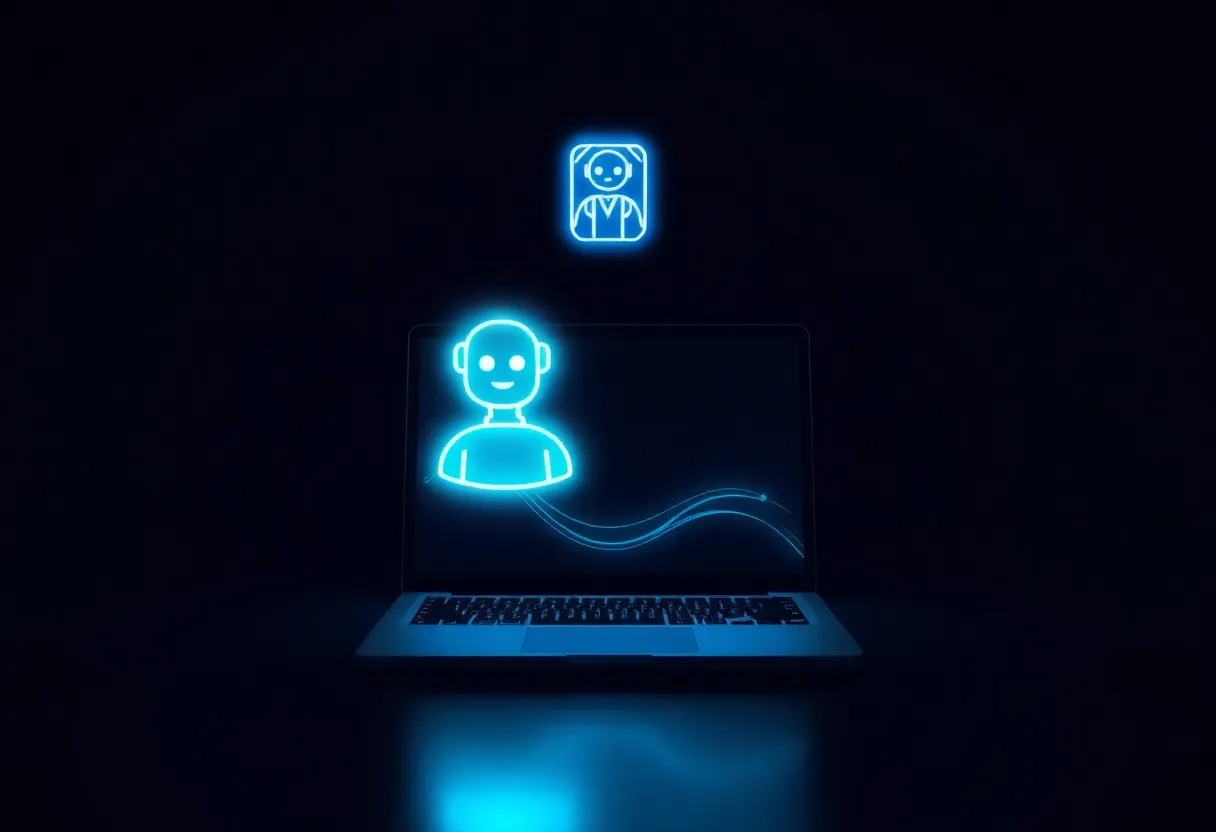Great communication wins repeat business. Whether you run a home services company, salon, auto shop, or cleaning crew, a clear plan for how and when you respond keeps customers happy and your schedule under control. This guide shows you how to build an easy, repeatable communication system—without hiring a huge team.
- 82% of customers want their issue solved immediately—less than a few hours. (HubSpot, 2024) [1]
- 63% of consumers will switch to a competitor after just one bad experience. (Zendesk, 2025) [2]
- 72% of customers say it’s important to know when they’re talking to an AI agent. (Salesforce, 2024) [3]
- 69% expect a same‑day response on social. (Sprout Social, 2023) [4]
These numbers set clear targets: fast, transparent, and consistent service across channels.
Build your multichannel system
Customers reach out wherever it’s most convenient: phone, text, chat, email, or social. You don’t need to be everywhere—but you do need a simple, consistent experience where you are.
Pick 3 core channels
- Website chat for instant questions and after‑hours coverage.
- SMS/text for reminders, quick updates, and job‑status confirmations.
- Email for estimates, invoices, and longer details.
Optional add‑ons: Facebook/Instagram DMs and Google Business Messages if customers already contact you there.
Keep your brand voice consistent
- Use the same greeting, tone, and signature everywhere.
- Save approved answers for FAQs (pricing ranges, areas served, hours, warranties).
- Standardize closings: confirm next steps + time (“We’ll text you a 30‑minute arrival window by 8 a.m.”).
Speed without burnout
Fast responses boost trust, but you can’t live in your inbox. Automate the first touch, then route complex issues to a human.
Recommended response time targets
- Live chat/SMS: first reply under 2 minutes; resolution same session when possible. (Target derived from [1])
- Social DMs/comments: first reply within 1 hour; same‑day resolution. ([4])
- Email: first reply within 6 business hours; resolution within 1 business day for common issues. ([1])
- Voicemail: call back within 2 business hours or text an ETA immediately.
Automation that helps (and doesn’t annoy)
- After‑hours auto‑reply: sets expectations (“We’re back at 7 a.m.; here are answers to common questions…”).
- Smart triage: tag by topic (quote, scheduling, billing, warranty) and route to the right person.
- Self‑service first: let customers view quotes, pay, reschedule, or check technician ETA themselves. 78% prefer a self‑service option when possible. (HubSpot, 2024) [1]
Personalization that scales
People want to feel known without repeating themselves. That means using history and preferences to save them time.
- Pull names, last job, and address into messages automatically.
- Offer the next logical step (filter replacement after HVAC tune‑up, pet‑safe cleaners for homes with animals).
- Use AI to draft replies, but keep the power to approve. 72% of customers want transparency when they’re chatting with AI. (Salesforce, 2024) [3]
Set simple service‑level standards (SLAs)
Write down clear promises so your team knows what “good” looks like.
- Channels covered: chat, SMS, email, phone, social.
- Hours: e.g., 7 a.m.–7 p.m. local, with after‑hours auto‑reply.
- First response: targets from the section above.
- Resolution goals: 80% resolved in one touch for common issues; 95% within one business day.
- Escalation path: who owns scheduling, quotes, and billing fixes.
- Quality checks: weekly ticket review; spot‑check tone, accuracy, and follow‑through.
Templates you can copy
Live chat (first reply)
Hi {{first_name}} — thanks for reaching out about {{topic}}. I can help with that. A couple quick questions: {{question_1}} {{question_2}}.
SMS (appointment window)
Hi {{first_name}}! Your technician is scheduled for {{date}} between {{window_start}}–{{window_end}}. Reply 1 to confirm, 2 to reschedule.
Email (estimate follow‑up)
Subject: Quick check‑in on your estimate
Hi {{first_name}},
Just checking that you received our estimate for {{job_type}}. I’m happy to clarify anything or update the scope. Would you like us to hold {{date/time}}?
Thanks,
{{agent_name}}
Measure what matters
Track a few metrics weekly. If they improve, your customer communication is working.
Core KPIs
- First Response Time (FRT): average minutes to the first human or bot reply.
- Time to Resolution (TTR): average time to close.
- One‑touch resolution rate: % solved in one interaction.
- Customer Satisfaction (CSAT): post‑chat or post‑job rating.
- Repeat business rate: % of jobs from returning customers.
Set targets that match expectations
Because customers expect quick, consistent help and are willing to switch after poor service ([2], [4]), set stretch goals and review them monthly.
Tools and workflow
- Unified inbox: one queue for chat, SMS, email, and social.
- AI assist: summarize threads, suggest next steps, and draft replies. 92% of teams that adopted AI reported faster response times. (HubSpot, 2024) [1]
- Automated follow‑ups: send estimates, reminders, and review requests on a schedule.
- Integrations: connect your CRM, calendar, and payments so status updates are automatic.
AI transparency, privacy, and trust
Trust is part of customer experience. Be clear when AI is helping, and make it easy to reach a human. Label AI chats and offer an immediate handoff path. Customers notice—and reward—brands that communicate openly. (Salesforce, 2024; Zendesk, 2025) [2][3]
Frequently asked questions for service businesses
1) What’s the easiest way to start improving communication this week?
Pick one new channel (usually website chat) and publish simple hours, response targets, and three saved replies. Add an after‑hours auto‑reply.
2) How do I stay fast without sounding robotic?
Use AI for the first draft, then add a human sign‑off and next steps. Keep the greeting and closing personal; include the customer’s last job or neighborhood when you can.
3) What response time should I promise?
Start with: chat/SMS under 2 minutes, social within an hour, email within 6 business hours. Adjust as your volume and staffing change. These align with current consumer expectations ([1], [4]).
4) How can I prove this helps revenue?
Tag conversations by outcome (booked, estimate sent, paid) and review weekly. Faster replies shorten the time to booking and lift repeat business—track both alongside CSAT.
5) When should a human take over from the bot?
Any time the customer asks, when the issue involves money or safety, or when the bot detects frustration (negative sentiment) or low confidence.
6) Do customers actually like self‑service?
Yes—most want fast answers without waiting. In 2024 research, 78% preferred a self‑serve option when possible. (HubSpot, 2024) [1]
Next step
Document your targets, turn on a shared inbox, and launch one automation at a time. Small, consistent improvements compound quickly.
References
- [1] HubSpot. The State of Customer Service & Customer Experience (2024). https://blog.hubspot.com/service/state-of-service-report
- [2] Zendesk. 2025 CX Trends Report (press highlights, 2025; data collected 2024). https://www.zendesk.com/.../zendesk-2025-cx-trends-report-human-centric-ai-drives-loyalty/
- [3] Salesforce. State of the Connected Customer (7th ed., 2024). https://www.salesforce.com/.../state-of-the-connected-customer/
- [4] Sprout Social. New Research Indicates a Shift in What Consumers Find Memorable on Social Media (2023). https://sproutsocial.com/.../new-research-indicates-a-shift/
Note: External statistics are provided for context with the most recent credible sources available as of September 29, 2025.



